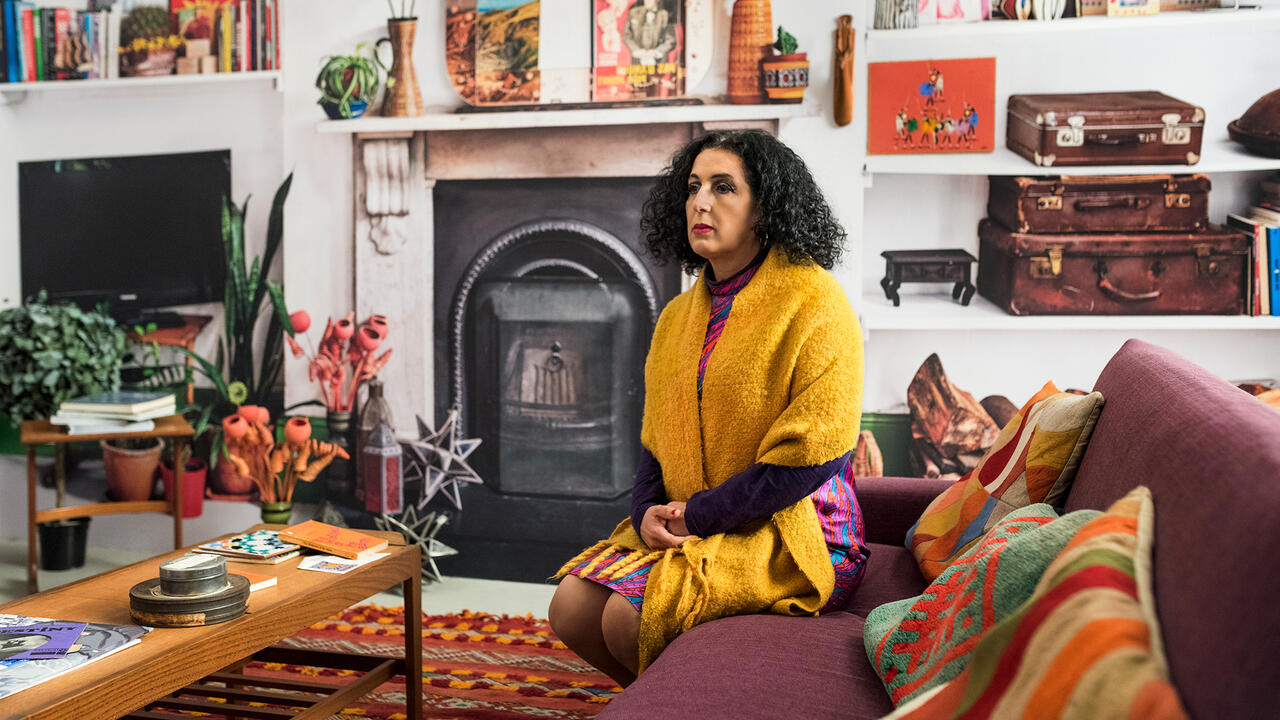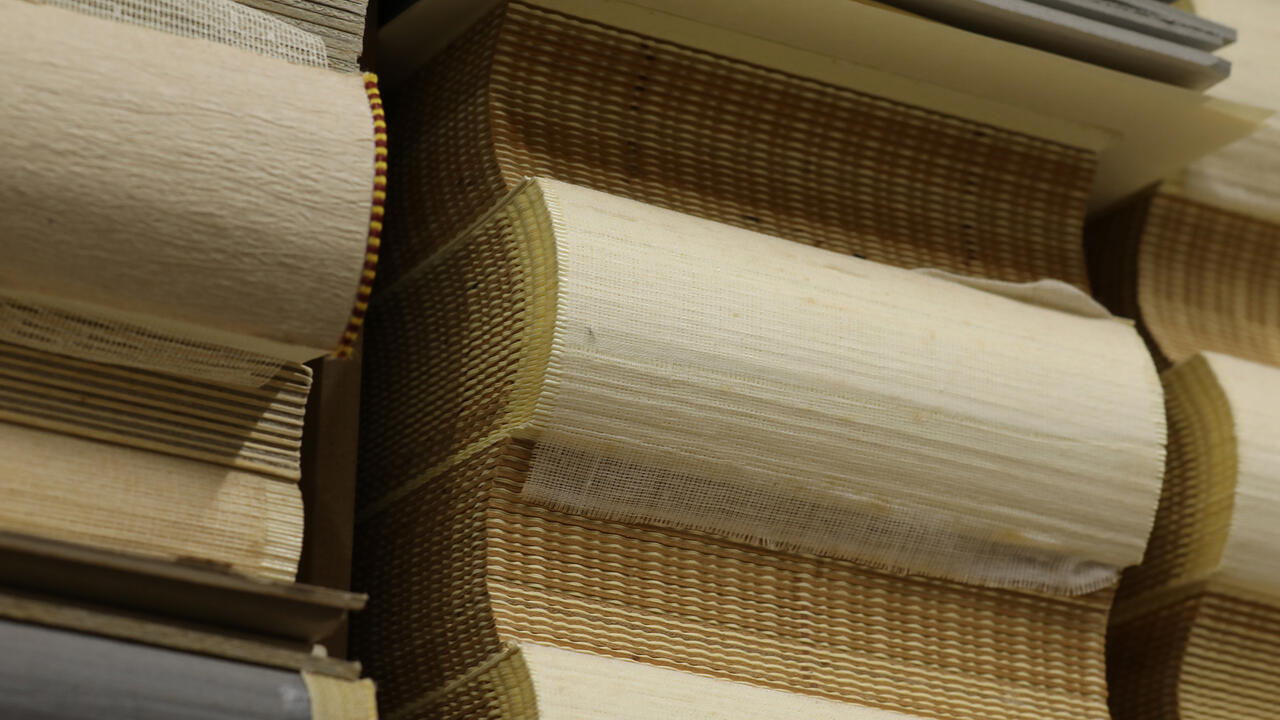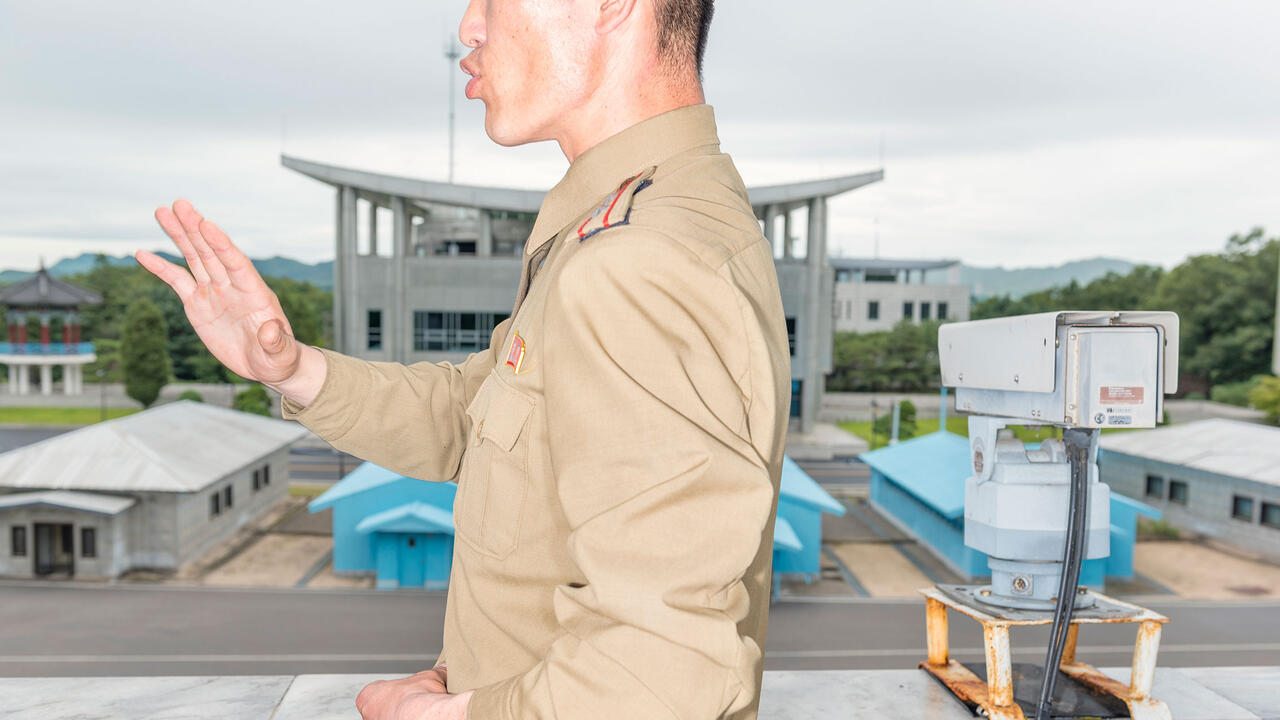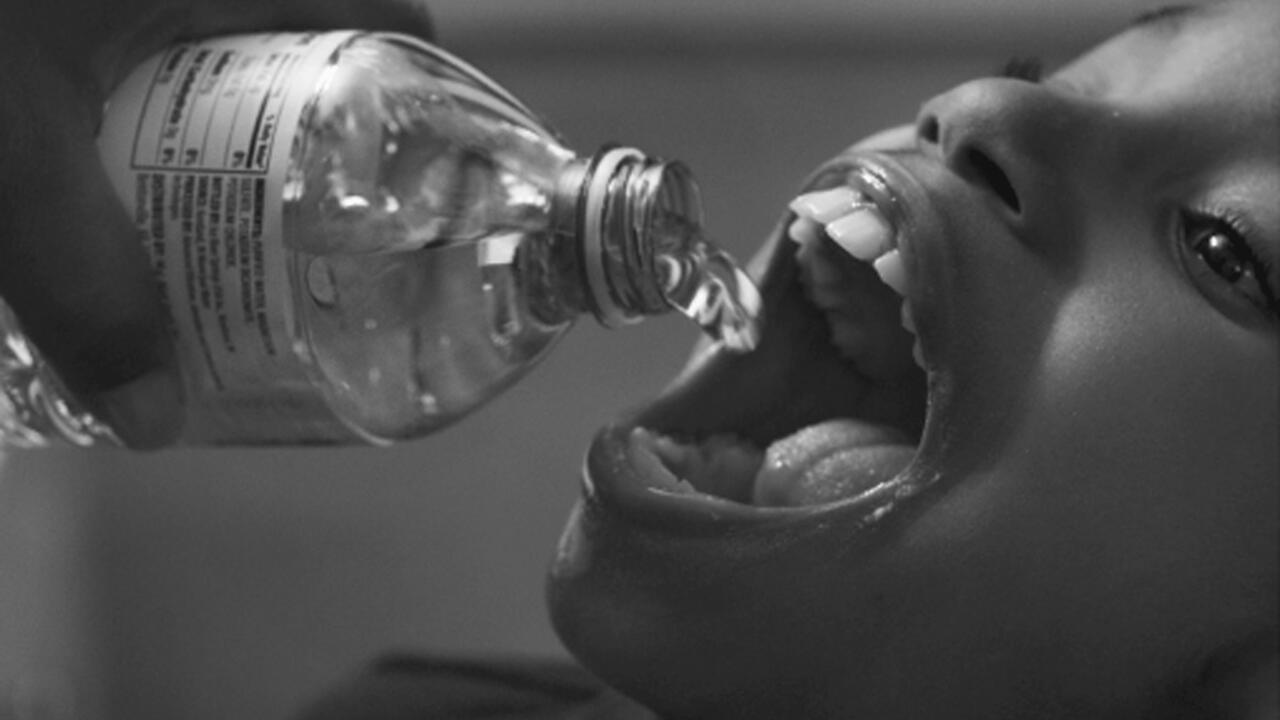‘Seemingly overnight, Venice was transformed into a laboratory for the future.’ – Jennifer Higgie
The April issue of frieze is dedicated to the Venice Biennale. Fernanda Brenner, Thea Havlin, Eric Otieno Sumba and Skye Arundhati Thomas each select an artist to watch at this year’s Biennale: Dineo Seshee Bopape, Giulia Cenci, Shubigi Rao and Luiz Roque. Plus, Jennifer Higgie dives into the age-old discussion of Venice’s national pavilion system, calling on thirty years’ worth of experience attending the Biennale.
Dossier: Four Artists to Watch 2022
‘The personal, historical and spiritual meet the currents of the ocean.’ While the Venice Biennale is often known for the established names who showcase at the national pavilions, it also hosts numerous young and emerging artists. In four short essays, writers profile Dineo Seshee Bopape, Giulia Cenci, Shubigi Rao, Luiz Roque from this year’s edition
Essay: States in Progress
‘Showcasing “the best” is a tricky proposition that begs bigger questions around the function of art.’ With the spotlight at the Venice Biennale falling all-too-often on the 30 national pavilions in the Giardini, while other countries are required to rent off-site venues, writer Jennifer Higgie asks whether this 19th-century format still makes sense.
Also featuring
Adam Szymczyk profiles Maria Eichhorn, who will represent Germany at this year’s Biennale. in ‘1,500 words’, Avram Finkelstein, a former member of the activist group Gran Fury, remembers the fractions and disputes that led to their notorious 1990 Biennale show ‘Pope Piece’. And Roisin Tapponi speaks to Zineb Sedira ahead of her exhibition at the French pavilion.
Columns: Come Together
The issue opens with a series of columns on the theme of coming together: Imani Robinson profiles Sonia Boyce, the first Black female artist to represent Great Britain in Venice; Linda Yablonsky pens a satirical primer to Biennale, drawing on her years of experience attending exhibitions and parties; Terence Trouillot speaks to the member of Wochenklausur about their 1999 Kosovo Language School; Francesco Tenaglia explores the role of performance at the event. Plus, Barbara Casavecchia talks to the Biennale College Art students – Simnikiwe Buhlungu, Ambra Castagnetti, Andro Eradze and Kudzanai-Violet Hwami – about their experiences as the programme’s first cohort.
Plus, Elvia Wilk responds to a single work by Francis Alÿs and the latest iteration of our Lonely Arts column. And, finally, we re-instate a popular frieze format Going Up, Going Down, charting what’s hot and what’s not in the global art world.
Subscribe now and explore nearly 30 years of editorial on frieze.com.
Cover artwork: commissioned illustration by Timo Lenzen, 2022













































